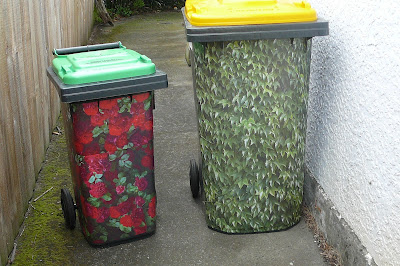EQC - Apportionment explained
EQC have updated their website to provide more detail on what apportionment means, and how it is worked out.
From the EQC website.
Many Canterbury homes have suffered damage from more than one earthquake.
Settling claims where damage has been caused by a number of successive ‘events' is much more complex than settling claims from a single natural disaster. That's because EQC cannot assess the overall damage and settle the claim on that basis. We must attribute – or apportion – the damage to individual events.
How apportionment is worked out
If your home has been assessed after each event, apportionment is straightforward – we'll have records of the damage that occurred with each quake.
However, because of the number of successive earthquakes and aftershocks that have caused damage and been classed as 'events', in the majority of cases it hasn't been possible to assess the damage each time.
Therefore, for the majority of homes, EQC needs to use a variety of methods to establish how damage should be apportioned. These may include:
- any actual assessment(s) completed by EQC
- looking at information provided by the homeowner or private insurer about the damage caused by each event
- analysing the damage to other similar homes in the area.
They continue with some examples of how apportionment works. Other issues covered are:
- How apportionment affects your claims
- What to do if you don’t agree with how damage has been apportioned
- Delays to settling some claims
- Apportionment and EQC
The webpage is here and a claims factsheet here.
.
